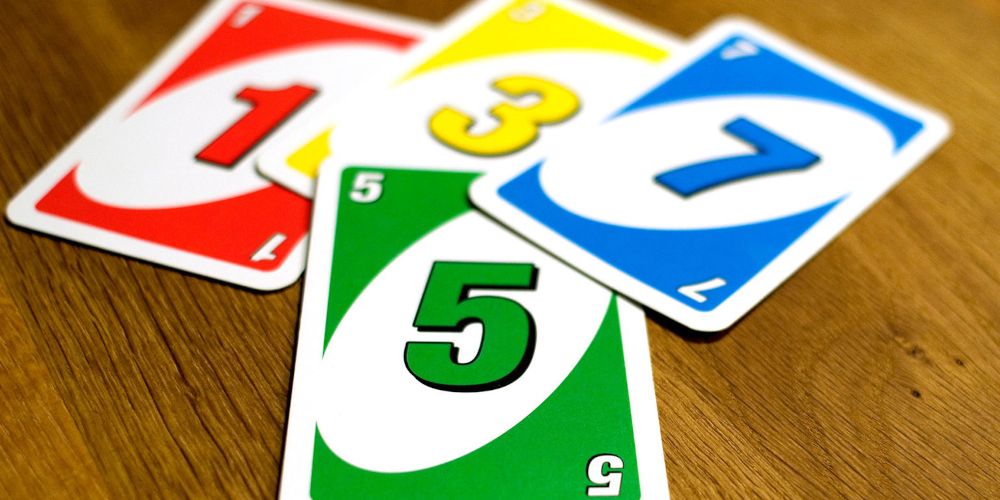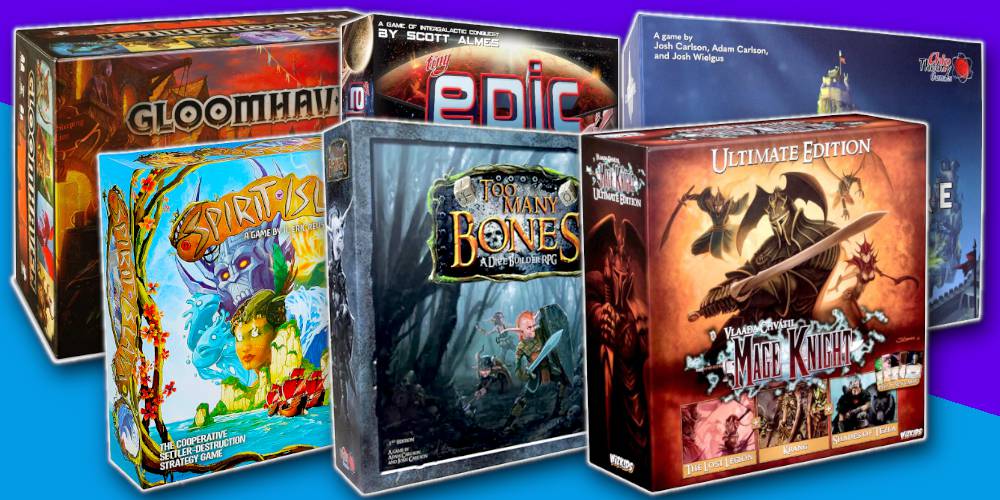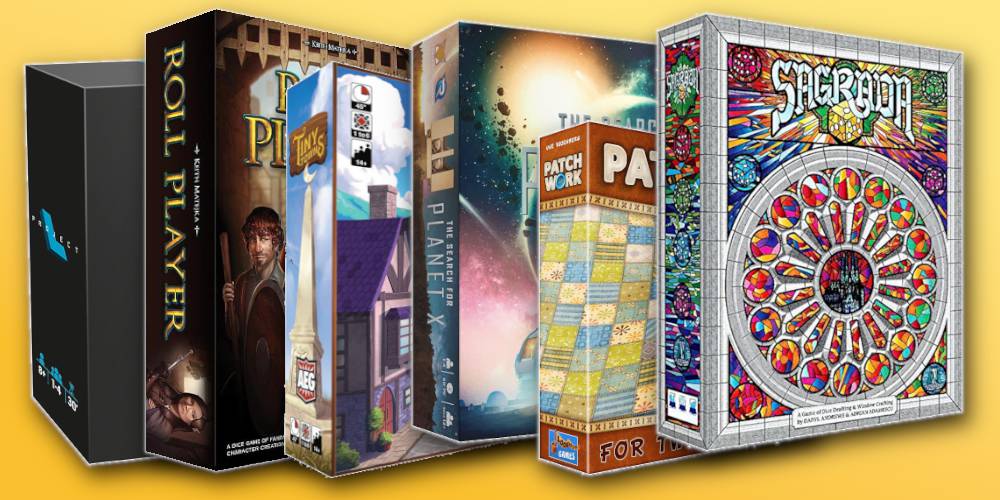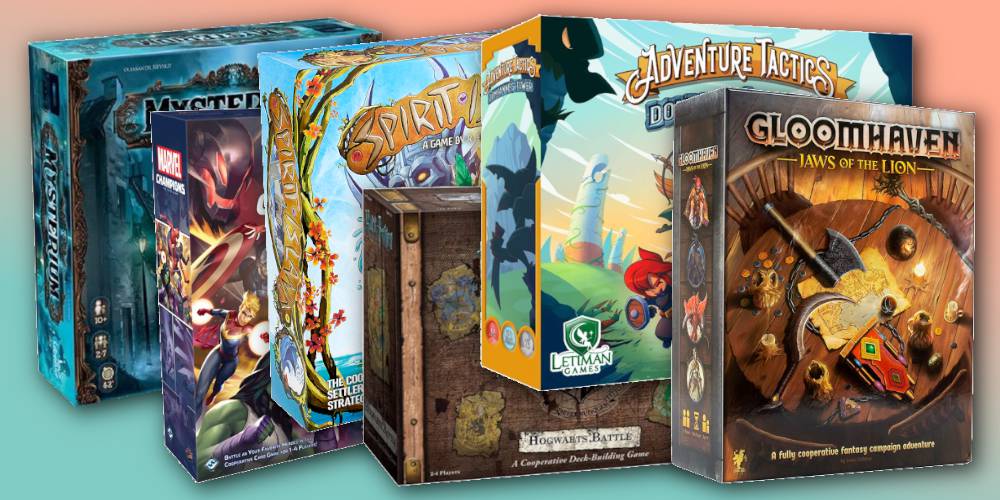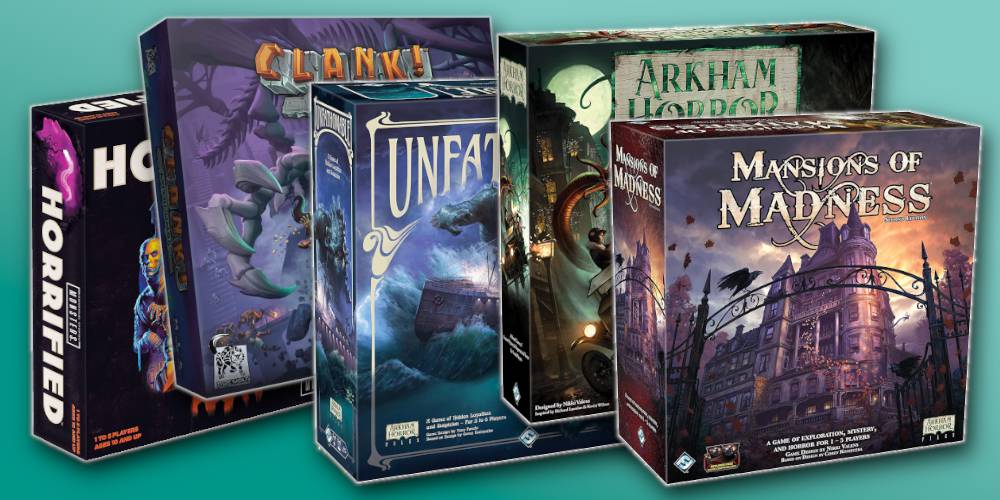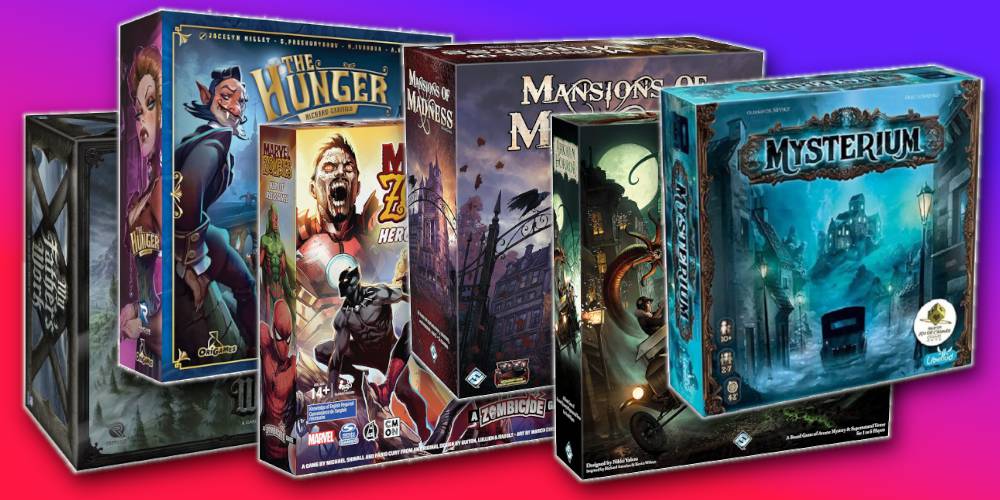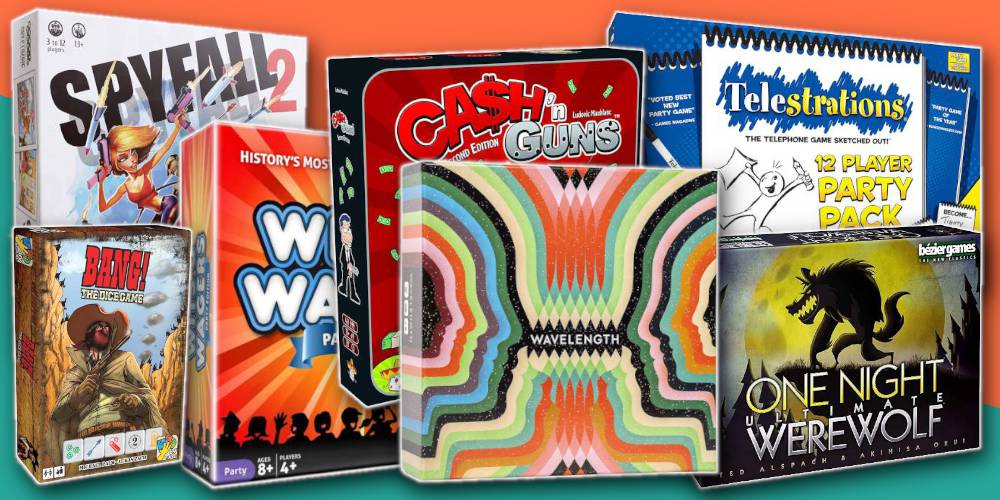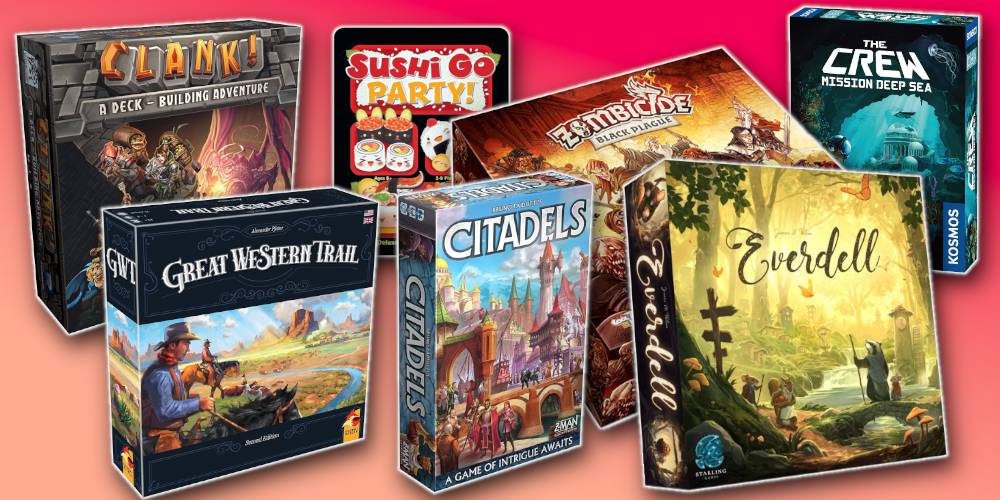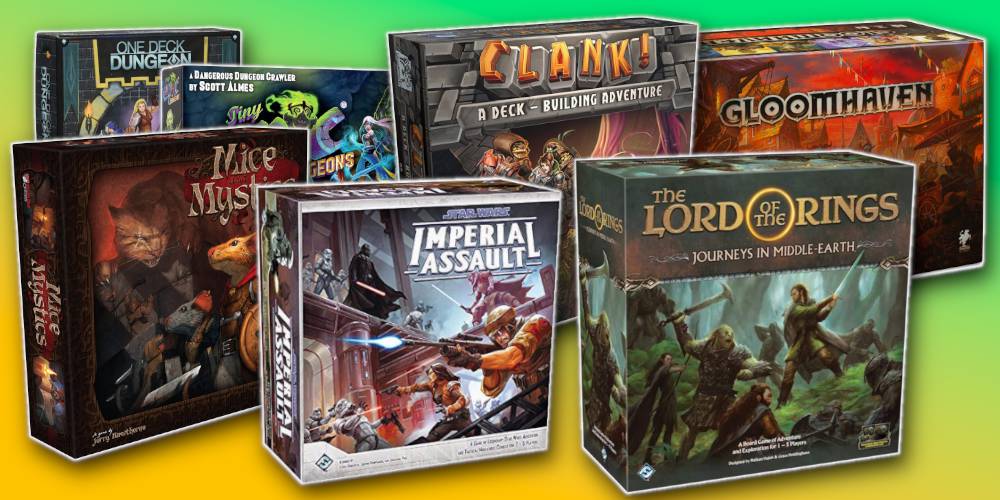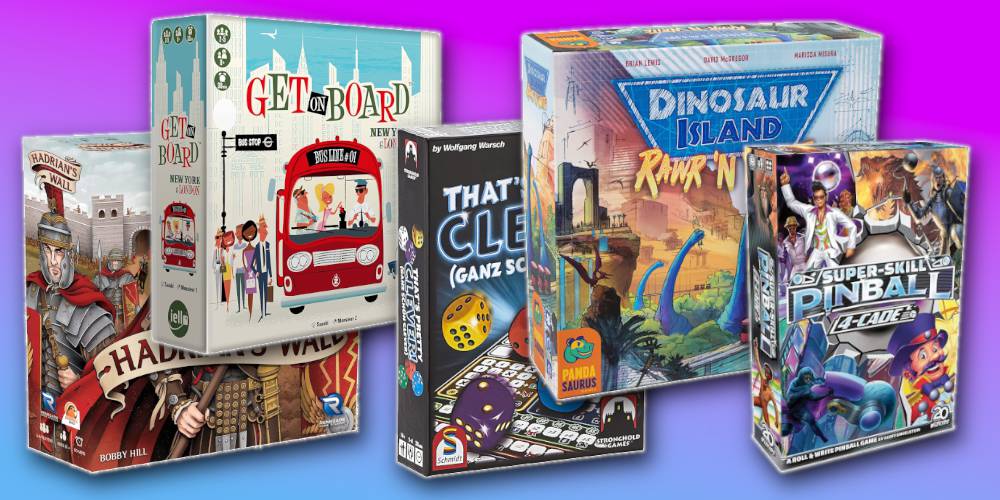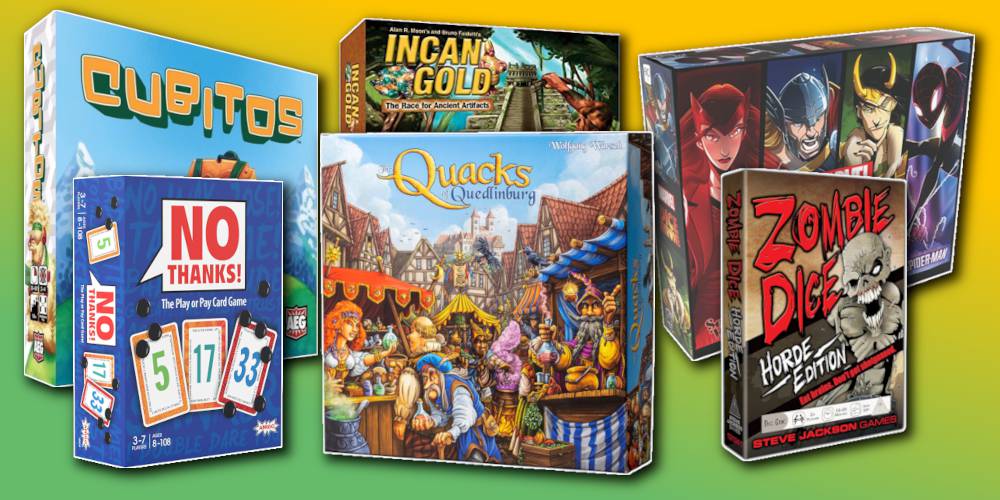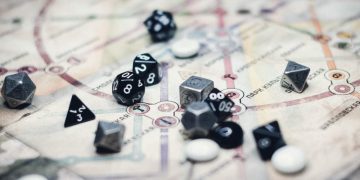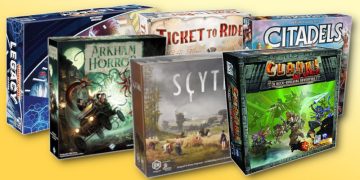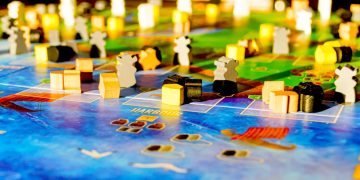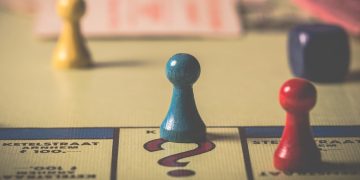1. Keep Drawing Cards
If it’s your turn and you can’t play a card, you keep drawing from the draw deck until you get a card youcanplay. If someone interrupts your turn (using one of the additional rules mentioned below), then you can stop drawing cards.
2. Anyone Can Play Identical Cards
If you have theexact same card(both color and value) as the last played card, you can play it—even if it isn’t your turn.
By playing the exact same card, you essentially skip everyone and it’s as if you just played your turn. Of course, someone else couldalsoplay the exact same cardafteryou.
You must play cards one at a time; if you have multiple identical cards, you can’t slap them all down in one go.
If multiple players play the same card at the same time, they all count and the game continues from whoever’s card ended up on top.
3. Anyone Can Play Wild Cards
If you have a Wild card, you can play it at any time—even if it isn’t your turn—and you get to pick which player gets the next turn.
Playing a Wild lets you skip everyone, reset the flow of the game whenever you want, and corner someone if you know they don’t have a certain color in their hand.
This makes the value of Wilds skyrocket: instead of saving them purely as defensive get-out-of-trouble cards for the end game, you can play them offensively at any time.
(Optional) We also like to play such that you cannot end with a Wild as your last card. If you do, you have to draw four.
4. Anyone Can Chain Draw Cards
If a Draw card is played, you can follow up with a Draw card of the same kind—even if it isn’t your turn.
Meaning, Draw Twos can only be chained with Draw Twos and Draw Fours can only be chained with Draw Fours.
In the case of Draw Twos, they can be chainedeven if they aren’t the same color. The player on the receiving end has to draw cards equal to the sum of all Draw cards played.
Ultimate Uno Is More Interesting
My favorite thing about playing with these extra rules is that games play out much more frantically as players vie to play their cards out of turn as efficiently as they can.
Sinceeveryonecan potentially play a card atanymoment of the game, everyone leans in on the edge of their seats and players actually pay attention to what’s happening!
Instead of twiddling your thumbs while waiting for your turn to arrive, the out-of-sequence playing of cards means hands are emptied a lot faster.
In short, these rules turnUnofrom a mediocre game into an exciting game. I’ve also found that games tend to end much quicker this way, so more games can be played per hour!
Read next:The Best Budget-Friendly Board Games That Are Fun and Affordable



![]()
